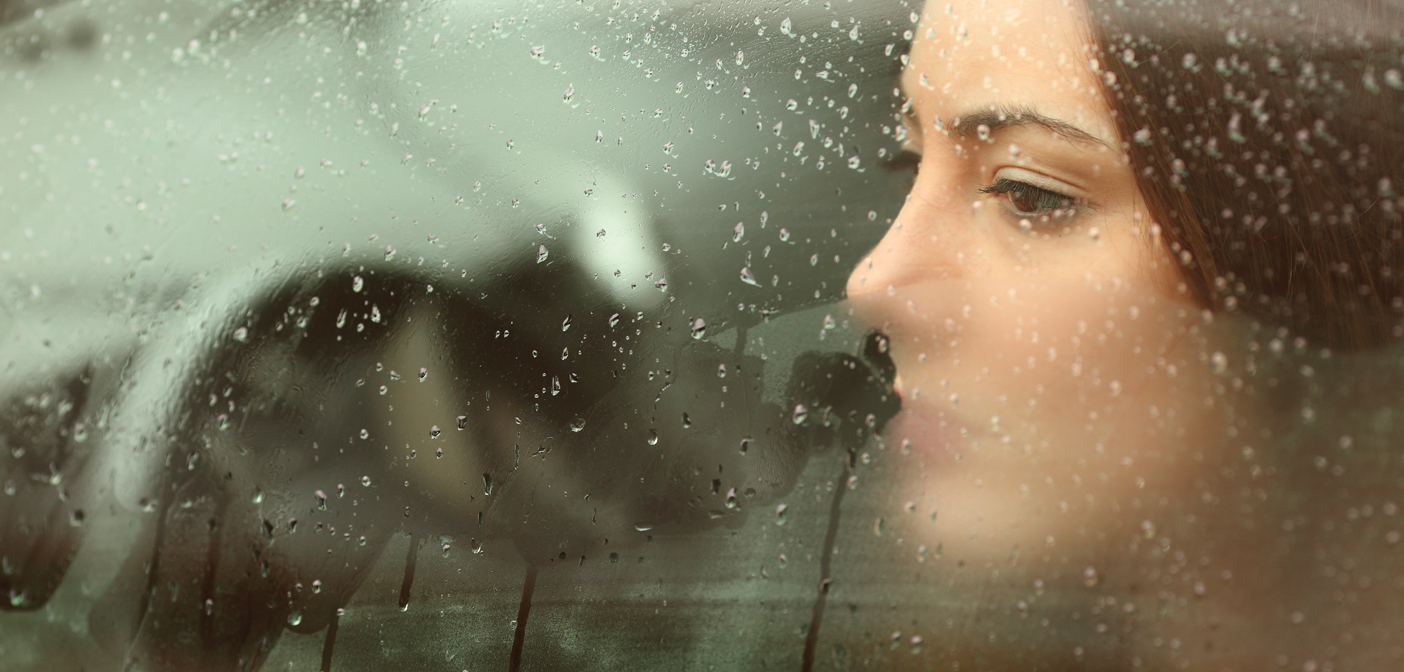It’s been called “cabin fever” or the “winter blahs” – a seasonal depression many people experience during the winter months. Most get over it, but about ten percent of all depression is SAD (Seasonal Affective Disorder), a serious depressive condition that requires intervention.
Symptoms of SAD include loss of energy, social withdrawal, oversleeping, loss of interest in activities that have been important to you, carbohydrate cravings, increased appetite with weight gain, and a sense of hopelessness and anxiety.
We all go through moods of depression and experience many of the symptoms of SAD, especially through the winter months. In fact, in the continental U.S., southeast Michigan gets one of the lowest amounts of direct sunlight during winter.
When the symptoms of SAD continue for long periods – at least four to six weeks – and when they interrupt a person’s life, this may be a sign of a more serious issue, especially when there is no explanation for the change in mood or behavior.
SAD is a disorder that is part chemical and part behavioral. It requires treatment. In many cases, this includes medication and psychotherapy. Sometimes, light therapy (phototherapy) is effective.
The specific cause of SAD remains unknown, but it is not a new disorder. Back in the memoirs of Napoleon and George Patton, they wrote about periods of depression their soldiers experienced during the darkness of winter. At that time, they had no scientific explanation for these moods.
It’s likely that – as with many mental health conditions – genetics, age, and the body’s natural chemical makeup play a role in developing this condition that subsides in the warmer months. The body’s levels of serotonin and dopamine, for example, tend to decrease in the winter. These brain neurotransmitters affect mood, and can lead to depression.
Behavioral interventions that may help SAD victims can be as simple as a change of routine. For example, instead of going home after work and seeking the comfort of your couch and comfort foods, plan an activity. Meet friends for dinner, go to the gym, or schedule a regular family outing. This won’t happen by accident – make a plan.
Traditionally, people believed that light therapy – also known as phototherapy – was an effective treatment for SAD. Those who have found light therapy works also are benefitting from the structure they have added to their life. These individuals have structured a time to sit by the light, which helps improve their overall motivation, and helps them become proactive and take more charge of their lives. Please note that many lights on the market are not effective modalities; they are more for aesthetics and have no influence on increasing serotonin and dopamine. Real therapy lights are more intense (check the LUX numbers) and require an individual to be positioned a certain distance from the light source in order for it to be beneficial.
To learn more about SAD, or if you feel you may suffer from the condition that will worsen if untreated, call Genesys Hillside Center for Behavioral Services at 810.603.8800.







































